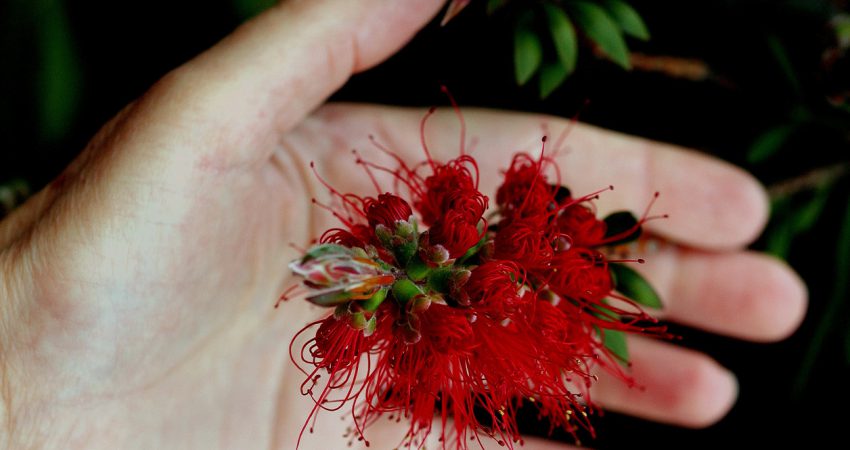
By Suzanne Perin - August 2011
PAPER CITATION
Bang, M., & Medin, D. (2010). Cultural processes in science education: Supporting the navigation of multiple epistemologies. Science Education, 94(6), 1009–1026.
In this study, the authors describe a conceptual framework addressing culturally based ways of knowing, and provide a brief description of their efforts to design a community-based summer science program with a Native American tribe using this framework. To address the call to attract culturally diverse students to STEM fields, the authors advocate supporting students in their navigation of multiple and perhaps conflicting epistemologies, and using the student community as resources to be built upon, rather than pushing them toward replacing their personal epistemologies with canonical scientific ones. The authors, in addition to giving an example of the development of a summer camp curriculum, provide examples of how they drew on Native students’ knowledge and community practices to impact student learning.
The authors’ approach was to eliminate implicit valuing of Western modern scientific ways of knowing over others, and create the awareness that Native science also embodies values and ways of knowing about the natural world. As an example of these differing orientations, the biological principle of “alive” shifted for urban Indian middle-school students depending on the context: given a sorting task of 16 pictures (animals, plants, water, sun, rocks, artifacts), they were asked what a science teacher and an adult would say is alive. In most cases, the students said an adult would say that rocks and water are alive whereas a science teacher would not. This research documents how students are aware of the differences between the epistemological contexts of school and community and points to a need to help students negotiate or coordinate these differences.
The summer program was designed with the involvement of community members (elders, parents, teachers, content experts, youth, and interested others) and with the explicit use of Native ways of knowing and valuing (see Bang et al. (2010) for more on the design) in the lessons. For example, learning about plant ecology was termed “remaking relatives” based on a community epistemology in which plants are relatives; students were taken to a medicinal garden that cultivated plants for physical and ceremonial purposes; and students were asked to “visit” their relative plant daily, make observations, and collect data such as measuring their growth and soil pH. Rather than drawing a line between Native and Western science, the authors were keen on interpreting the perspectives of the children who were moving between, in, and through multiple ways of knowing about the world in their curriculum, implementation, and evaluation.
For more information, see:
Bang, M., Medin, D., Washinawatok, K., & Chapman, S. (2010). Innovations in culturally based science education through partnerships and community. In M. Khine & I. Saleh (Eds.), New science of learning: Cognition, computers and collaboration in education. New York: Springer.




